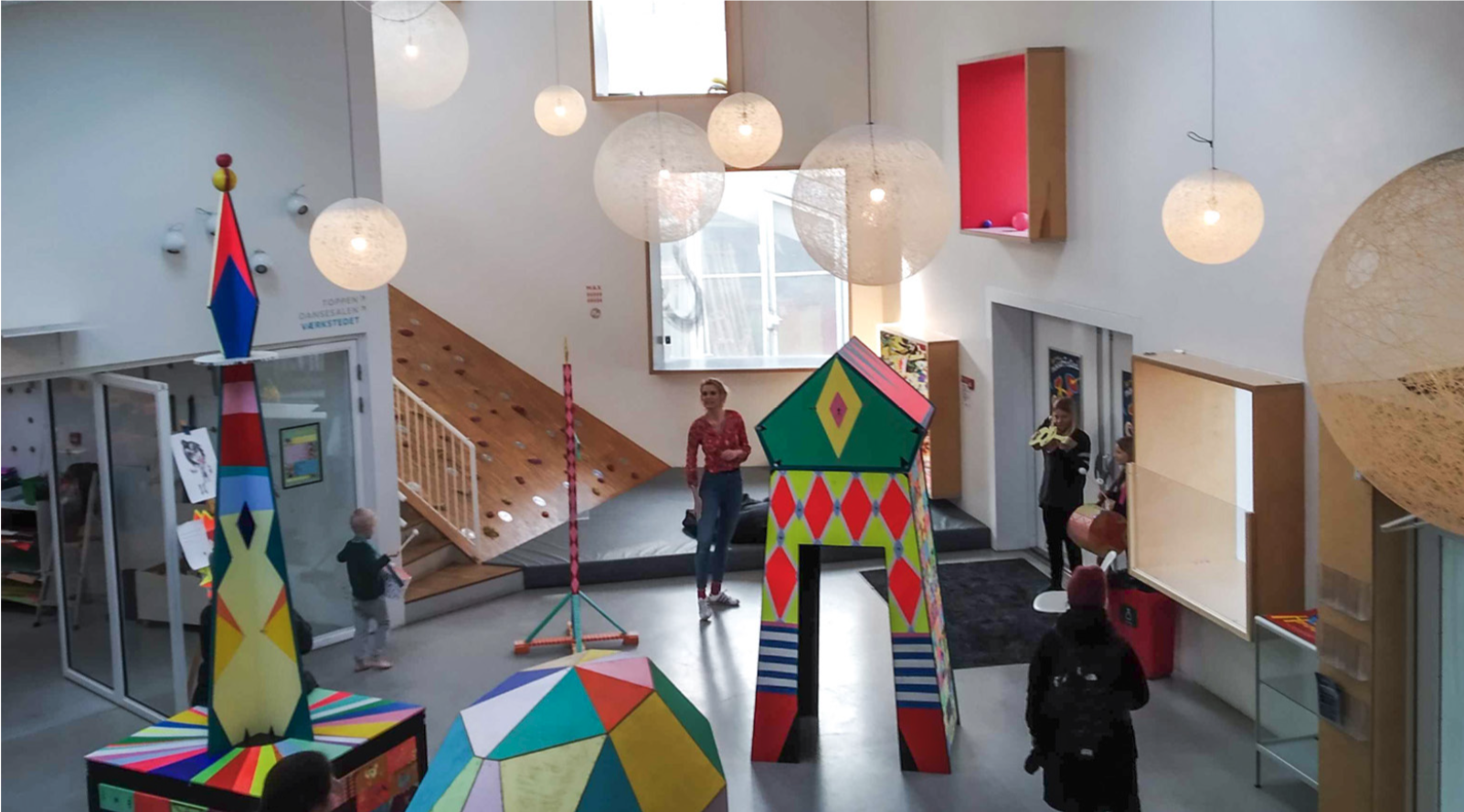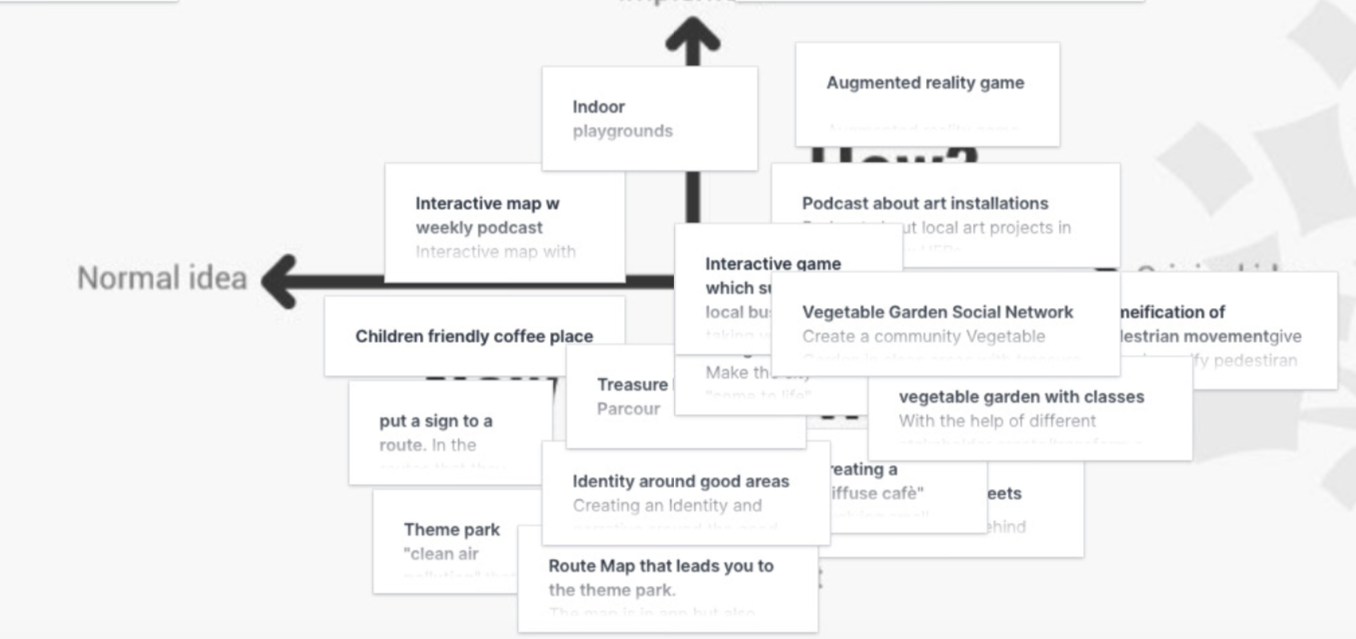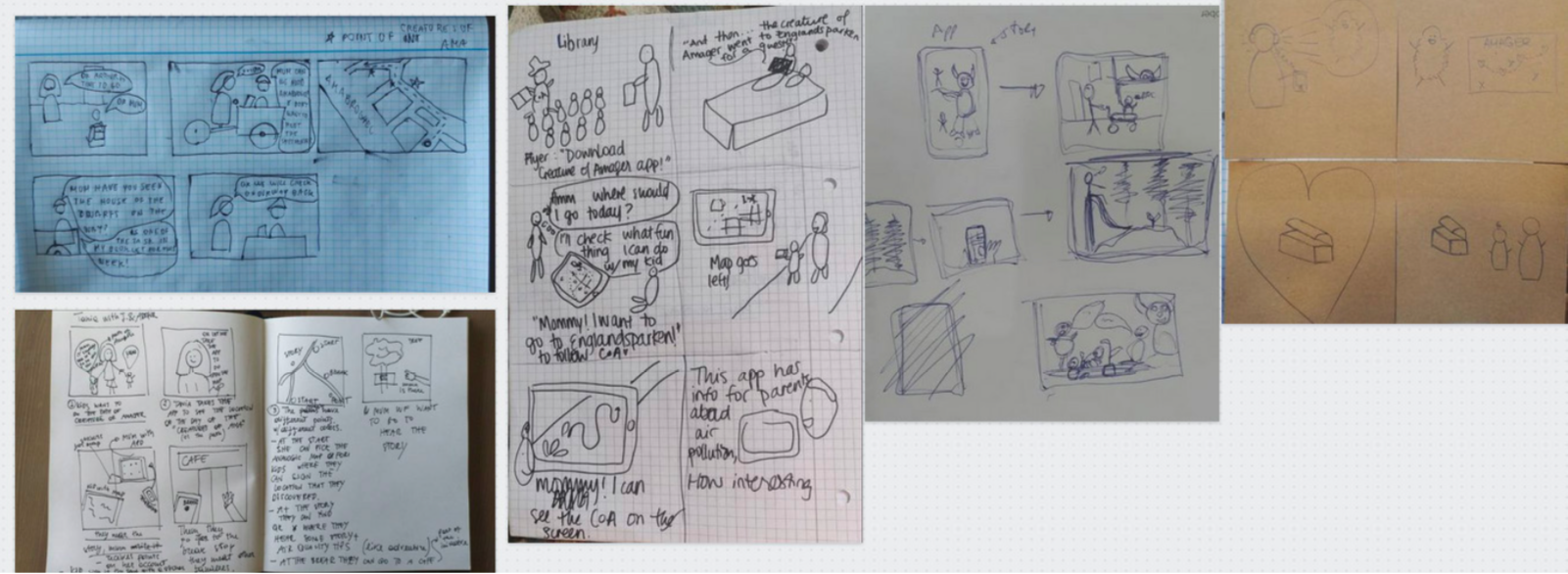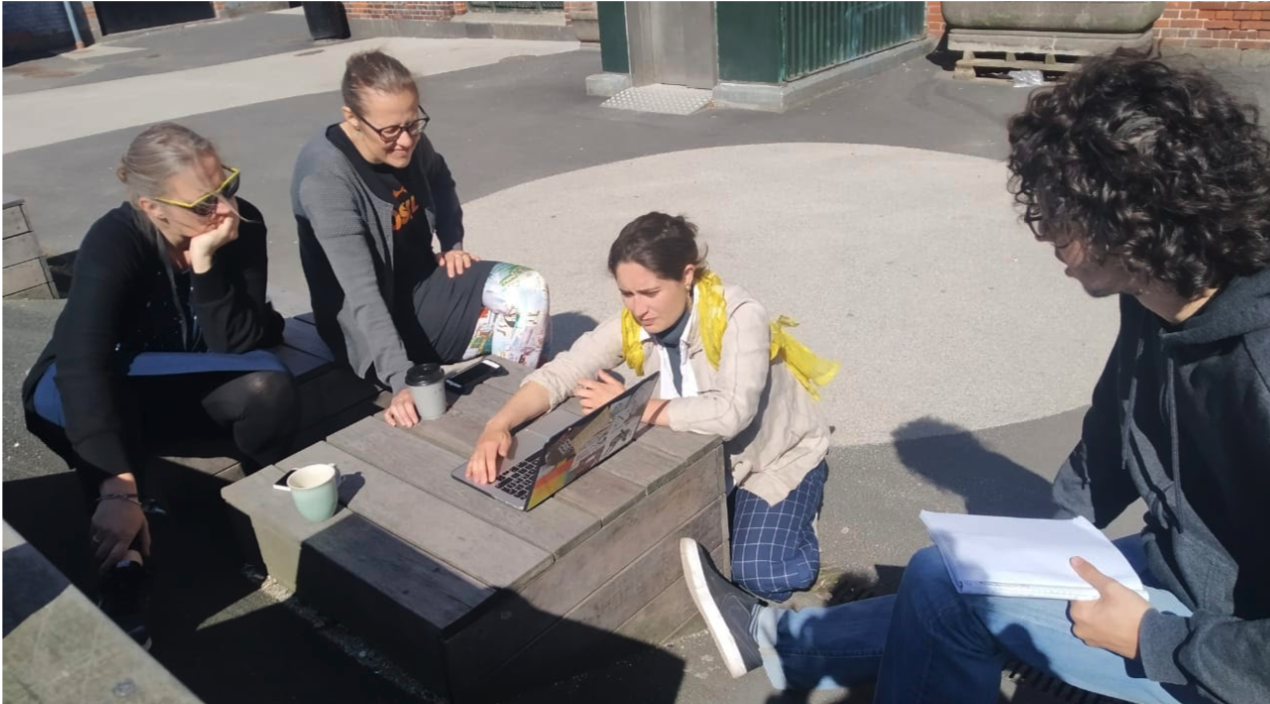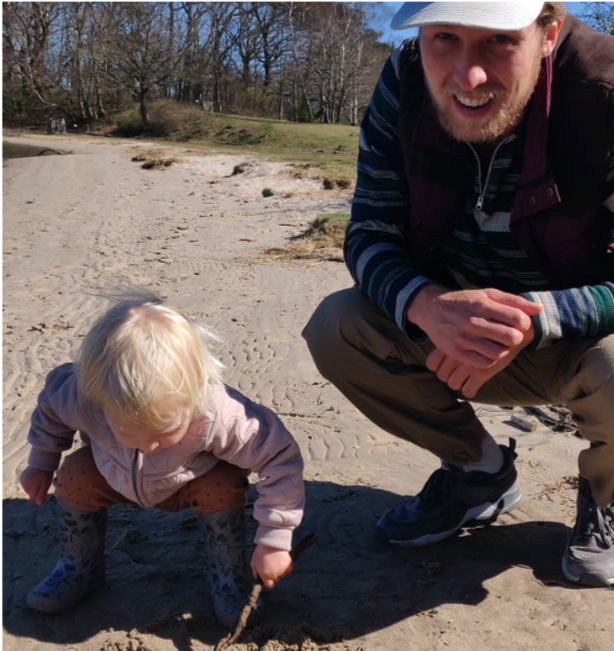
Seeds of Amager
-
“How might we design services to inform and empower citizens and in particular young generations to be change agents towards a more sustainable and carbon-free city by understanding/ interpreting/ collecting/ producing useful datasets about air pollution?”
-
Invite children to spend time where the air quality is better and reduce the exposure to air pollution where small children spend time.
We were told to focus on designing a service that would improve the life and health of children between 0 and 3 years old. Furthermore, we were told to focus on Ultrafine Particle pollutants because they have been regulated and studied less than other air pollutants, and yet have been proven to have strong negative effects on people’s health.
-
Gehl Architects, Copenhagen Solution Lab, Google, Utrecht University
-
Seeds of Amager is a service designed for families with young children in Amager. It works through a phone application which engages parents and their children to spend time in areas with low air pollution.
The concept aims to engage its users by informing them about air pollution and at the same time encourage them to spend time in areas with lower levels of air pollution.
The service provides parents with quests/ activities to do with their children and with local events that happen in areas with low air pollution. Additionally it informs and educates them about air pollution.
-
qualitative and quantitative research, ecosystem maps, users interviews, visual storytelling, facilitation techniques, stakeholders maps, service blueprint, service prototyping, co-creation activities, future foresighting, scenario development, video sketches
-
Amalia Robinson Andrade, Chantal Christine Beck, Javier Campero Nunez, Marialuisa Dubla, Tommaso Daverio
-
For this project I led the process of reporting, conducting user research, and prototyping and testing. The team was very balanced with our different skills, which facilitated the process
-
There are very valuable tools for remote work and digital workshop facilitation. The key is to learn how to use them, stick to them, and not use too many (as things will get lost along the way if youre working accross too many platforms).
Don’t loose track of the big picture. Set internal deadlines and focus on smaller details later on.
Collaborating with experts can be a big win/win and can open many doors for ideas and possibilities.
Digital is not better than analogue, necessarily.
Process












